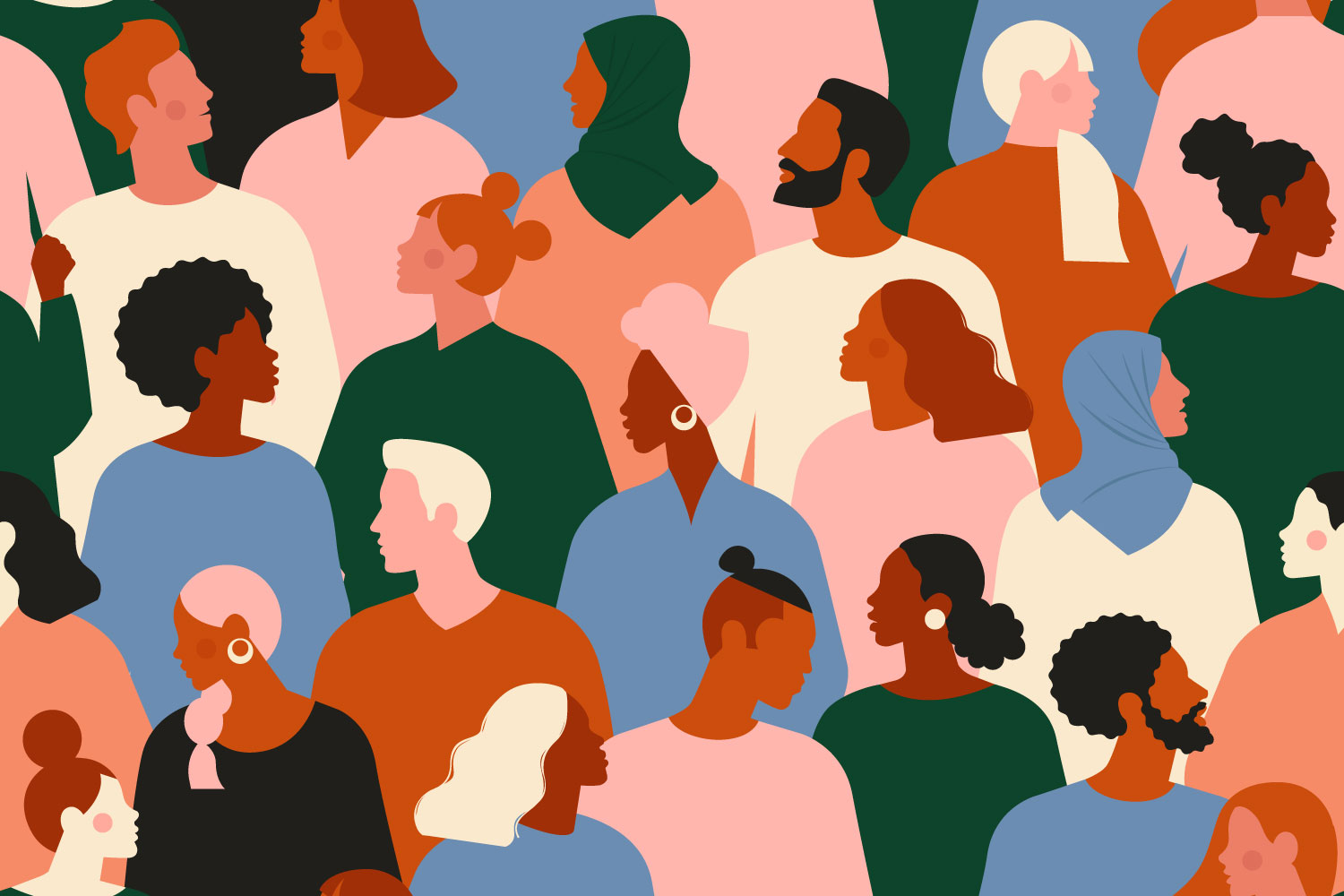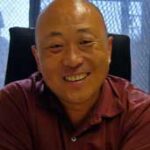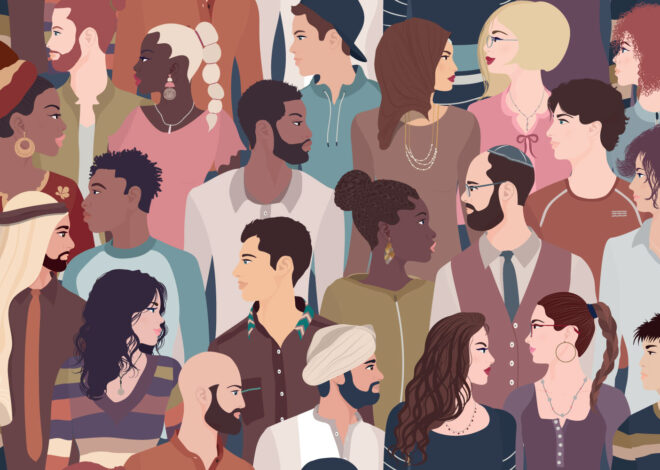Korean-American Nonprofit Implodes Diversity Myths
Koreatown Youth and Community Center and Program Director Sam Joo defy assumptions about nonprofits serving people and communities of color.

How one nonprofit brought Korean and Latino families together in their community.
Much of what we hear about diversity is about mostly white organizations. And most of what we hear about people-of-color nonprofits is that they’re small. Koreatown Youth and Community Center (KYCC) confounds both assumptions. Sam Joo is the Program Director.
KYCC got started in 1975 when a big wave of Koreans moved to the United States, including my dad. The U.S. was recruiting health care workers, so immigration regulations were loosened; my dad was a pharmacist.
Now we have 55 staff in four locations. But KYCC started as just a two-story house for the Korean kids in the neighborhood. Their parents couldn’t help them with their homework, some of them were experimenting with drugs. We started by offering counseling, employment counseling, then added mental health work for youth and parents.
At the time of the Civil Unrest [also known as the 1992 Los Angeles Riots], we were Korean Youth Center. Then we became Korean Youth and Community Center. Now we’re Koreatown Youth and Community Center.
So you changed “Korean” to “Koreatown”? Doesn’t sound like a big change.
It is a big change once you understand it. We looked around and realized that not only Koreans are living here! There are people from Ecuador, El Salvador, Nicaragua, Guatemala, Mexico… People were asking, “Do you have to be Korean to come here?” Also our funding was requiring us to serve a broader population. We have a commitment to serve this area where we live.
Inside Koreatown we serve everyone in Koreatown. Outside Koreatown we serve only Koreans. Outside Koreatown we look to see where services are needed for Korean youth.
Was this change — to serve everyone in Koreatown, which means serving many Latinos — controversial within the organization?
Yes, it wasn’t unanimous. Some board members left; some staff left. They felt that we were not reaching all the Korean families in need, so by outreaching to the non-Korean community were we taking away resources from the Korean community?
I do think that now we lose some potential staff because of that. Look at me: I came to work at KYCC because I wanted to work with the Korean community. Other people, if they want to work with the Korean community maybe they’ll look at other Korean organizations over us.
But to me, narrowing our focus was actually hindering our ability to serve Koreans.
What about donors and volunteers? Did some of them leave also?
We don’t have too many Korean donors; it’s not something people do in Korea. We have plenty of volunteers, mostly Korean. We have found that corporations and foundations want to fund organizations that serve a diverse community, so we’re marketing our broader scope to them.
Has your programming changed in addition to who you serve?
Our answering machine is in English, Korean, and Spanish. The people we serve now are 40% Korean American, 40% Latino, and 20% other. And on our board of 16 people, we have first-generation Korean Americans, second-generation Korean Americans, one Latino, one African American, and two Caucasians. We have many Latinos, many Spanish-speaking staff now.
But we don’t want to lose our identity as a Korean organization. We celebrate Korean culture. But we also need to do more with celebrating Latino culture; we still have a ways to go on all this.
Korean and Latino families have some similarities. Many parents have to rely on their children because it’s the children who speak English. Both come from homogeneous societies. But there are different cultural values, and you need to understand cultural values when you’re working with a family.
About the Author
Sam Joo is Program Director for Koreatown Youth and Community Center, where he started as a social services case manager. At one point in his career he was an operator for the television show Unsolved Mysteries, taking calls in response to appeals like “If you’ve seen this person, call us at… ” His insider insight: “We got the most calls when the show was on UFOs or alien abductions.“
You can meet three Koreatown teenagers in this 8-minute KYCC video produced by the teenagers themselves. Or visit Koreatown itself in this 5-minute tour which includes a visit to a cosmetics store, restaurant, grocery, and a pool hall where the tables have no holes.
Articles on Blue Avocado do not provide legal representation or legal advice and should not be used as a substitute for advice or legal counsel. Blue Avocado provides space for the nonprofit sector to express new ideas. Views represented in Blue Avocado do not necessarily express the opinion of the publication or its publisher.












Great article. I’m passing it around. Mark
Great article. I’m passing it around. Mark
I worked at KYCC in the mid to late 90s when it first added "and Community" to its name but well before the "Koreatown" change. It was a challenging time at KYCC and in the community in the aftermath of the civil unrest but also a time of tremendous growth. Nice to see that the organization has continued to grow. Pat Wong